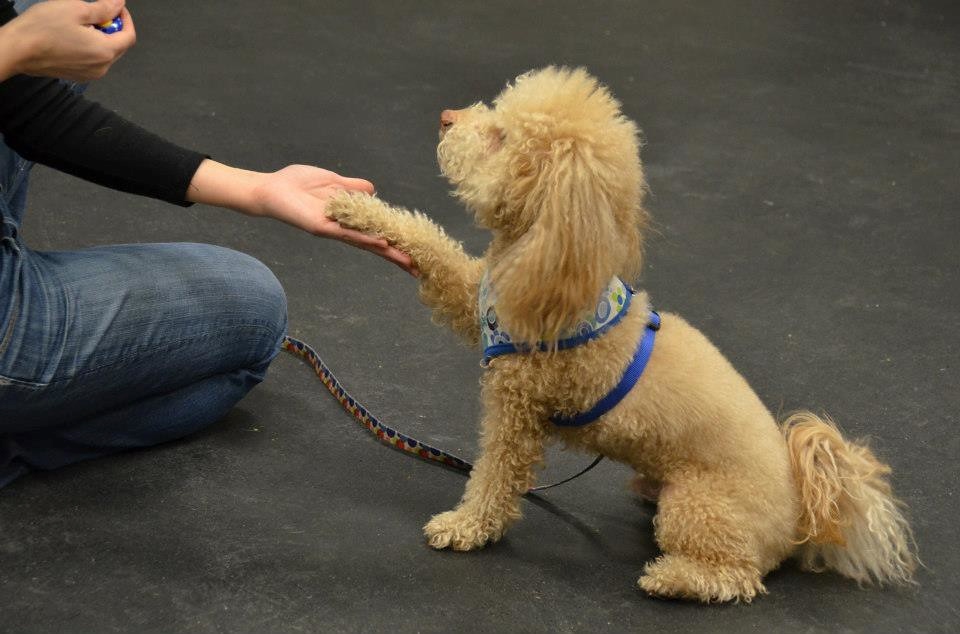Because life is exceedingly busy these days, most people don’t have time for their pets.
It can be easy to let your dog training slide between working, taking kids to school, and handling other essential chores.

While not training your dog doesn’t seem to have huge effects on your pet’s growth and development, professional trainers and pets enthusiasts like Ridgeside K9 Dog Training in Denver, Colorado, advice training your dog even when busy is essential in ways you can’t easily imagine.
Because you’re busy, it’s challenging to have chunks of time to train your dog unless you set specific schedules for the job. Still, because dogs have different personalities, setting training schedules help identify when your dog actively participates in training sessions.
Also, most dogs commit to memory when asleep like humans; therefore, it means if your scheduled time for training comes along when your dog is about to take sleeping naps, your training will be more productive.
Make your training sessions shorter to help your pet commit to lessons, especially for long-term memory. Cut your sessions into sessions of 5-minutes each.
Short sessions are perfect for the dog’s brain grasping and are more realistic. They also help the dog digest new commands efficiently, thus helping store and remember old and new commands.
Regardless of your dog’s background and breed, ritual and routine training have always worked best for any pet.
Set time for routine walks and position things from place to place, including crates and others, while engaging your dog.
There are two ways to do it perfectly in the ritual and routine training technique: setting expectations and offering rewards.
Read Also:
Establish expectations of the results you anticipate from the training. Do you expect your dog to be polite, mannerly, or learn specific commands over others? Ensure your expectations bring the results you anticipate by cutting off commands and training techniques making the training complex.
Unlike other things you do in between your dog’s training sessions, offering rewards surpasses all for a good reason.
It makes the training fun and highly effective. Rewards also increase communication between you and the dog. You’ll also quickly build trust between you and the pet.
While training your dog by attending classes with other dogs is beneficial, different dogs act differently in social settings than they do privately.
Private training offers comfort by avoiding distractions and outside pressure, especially those that come with being in unfamiliar places or groups of other dogs and people.
The training also helps you quickly set up private dens for your pet, including private sleeping space. The technique also benefits your dog, especially when they start practicing alone in their safe and comfortable places.
Immediately after every training session, get your dog to relax by giving them a warm hot-water bottle or putting up tickling clocks near their sleeping area.
Also known as Hydrotherapy or water cure, giving your dog hot water after training is a form of occupational and physiotherapy technique that helps the dog resist, rehabilitate injuries, and relieve pain rather than medication.
Water cure also helps improve the dog’s strength, boosts endurance and motion, especially for puppies. The buoyancy properties of warm water also minimize weight during training hence reducing training–related stresses to your dog’s joints, thus helping prevent tissue injuries.
At the same time, warm water reduces pain and inflammation. Additionally, Hydrotherapy imitates the heart and heartbeat of litter believed to soothe your dog in their sleeping and training environment, thus working as an excellent source of training encouragement.
Unlike other training methods, positive reinforcement is an effective method since it’s used by famous dog trainers, including Dawn Sylvia-Stasiewicz, known for training Obama’s Dog, Bo.
Positive reinforcement is straightforward and helps dogs repeat good behavior when followed by rewards. When correcting your dog, you’ll only remove rewards during this training, unlike other methods where you’d offer harsh reprimands or physically punish your pet.
Positive notes can be in the form of praises and treats. Use rewards, toys, praises, and anything in between to help your dog learn desired commands and behavior quickly.
Praises like rewards make it easy for your dog to repeat the behavior you want. Therefore, embracing these tips and training methods guide will automatically help you train your dog perfectly regardless of how busy you’re.